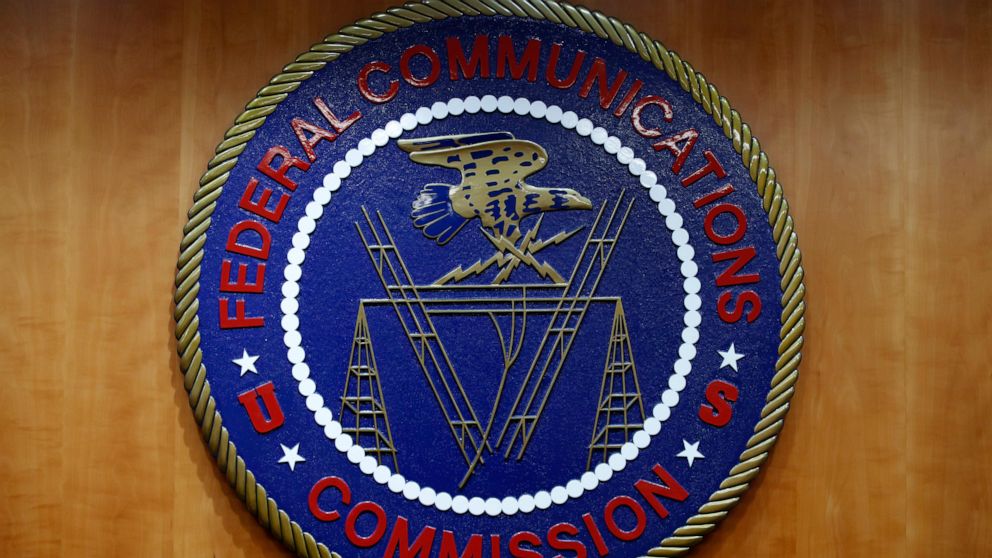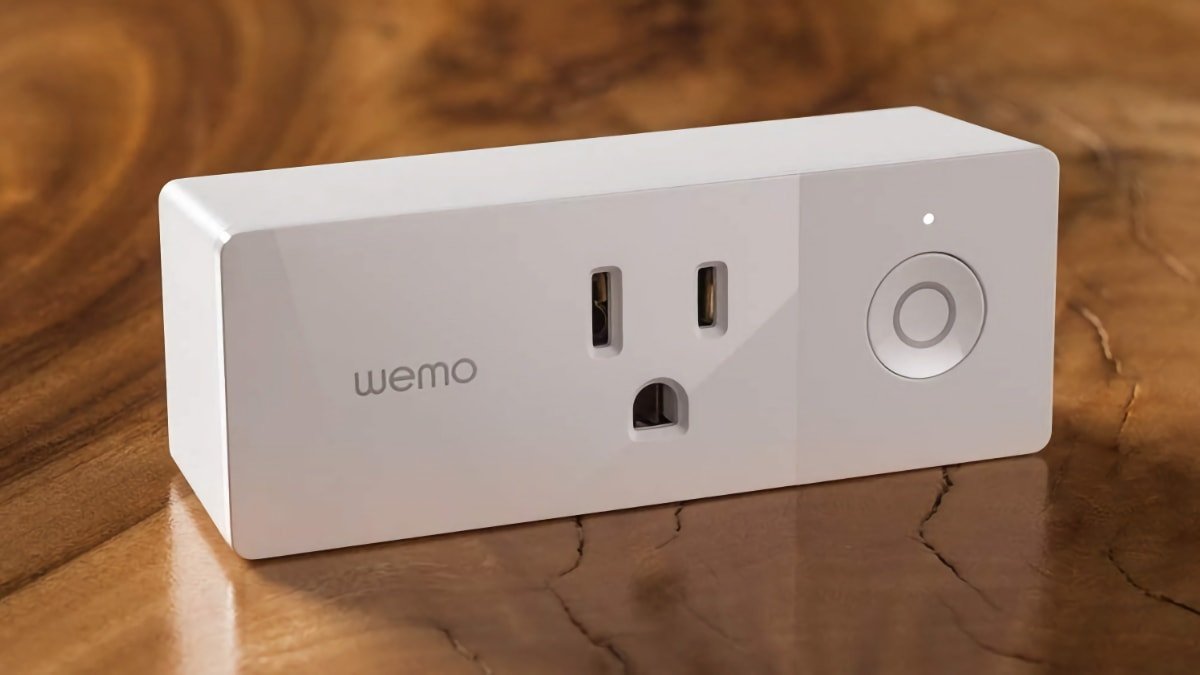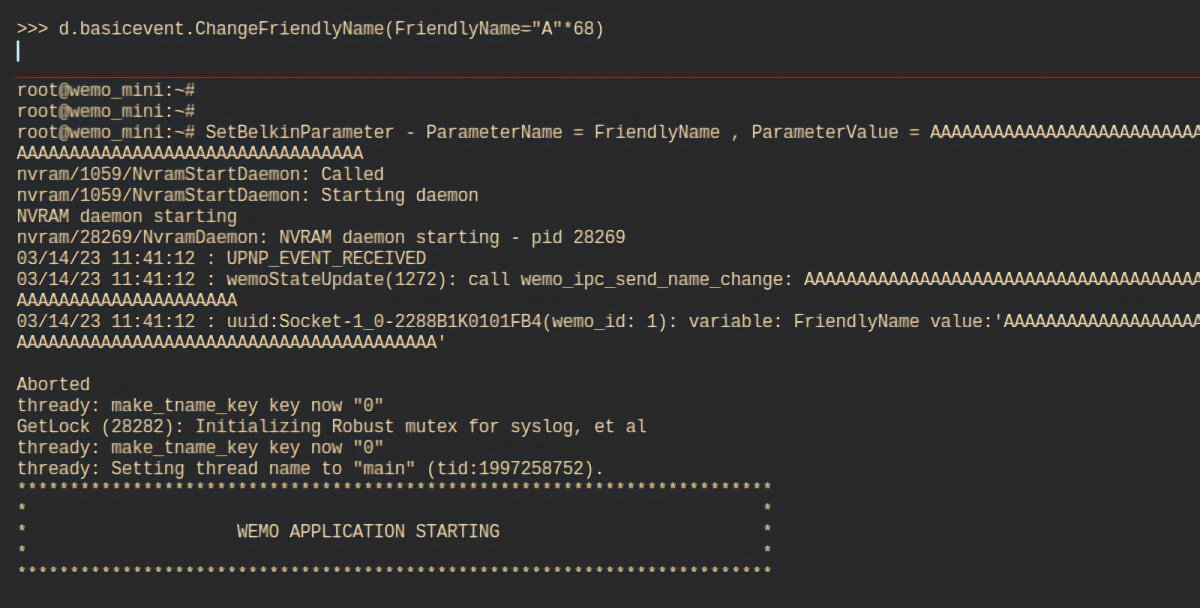2030, Cyber Security in Smart Commercial Buildings Market (New Trend) Size, Business Insights With Top Company Analysis
“The Best Report Benzinga Has Ever Produced”
Massive returns are possible within this market! For a limited time, get access to the Benzinga Insider Report, usually $47/month, for just $0.99! Discover extremely undervalued stock picks before they skyrocket! Time is running out! Act fast and secure your future wealth at this unbelievable discount! Claim Your $0.99 Offer NOW!
Advertorial
Cyber Security in Smart Commercial Buildings Market (CAGR 2023 – 2030) | No. of pages: [107] | market size, share, and industry analysis, By Type [Hardware, Software, Services,], Application [Offices, Retail, Banking and Financial Services, Hospitality, Government, Healthcare, Others], and regionhas seen significant growth and advancement due to valuable insights gained from effective business strategies, customer acquisition methods, and corporate synergies. These Cyber Security in Smart Commercial Buildings Market improvements are closely tied to strong governance, risk management, and compliance protocols, as well as agile business transformation processes. Specialized vertical tagging techniques contribute to high-quality data reporting, offering both qualitative and quantitative analyses through SWOT and PESTLE frameworks.
Who are the important globalmanufacturers of the Cyber Security in Smart Commercial Buildings market(USD Mn and KT)?
ENTER TO WIN $500 IN STOCK OR CRYPTO
Enter your email and you’ll also get Benzinga’s ultimate morning update AND a free $30 gift card and more!
Supreme
Arctic Wolf
Nelysis
IBM
Spacewell
Singtel
Get a Sample PDF of the report – https://www.360marketupdates.com/enquiry/request-sample/23875885
Cyber Security in Smart Commercial Buildings Market Overview 2023-2030
The global Cyber Security in Smart Commercial Buildings market size was valued at USD Million in 2022 and will reach USD Million in 2028, with a CAGR of Percent during 2022-2028.
The Cyber Security in Smart Commercial Buildings market report covers sufficient and comprehensive data on market introduction, segmentations, status and trends, opportunities and challenges, industry chain, competitive analysis, company profiles, and trade statistics, etc. It provides in-depth and all-scale analysis of each segment…




